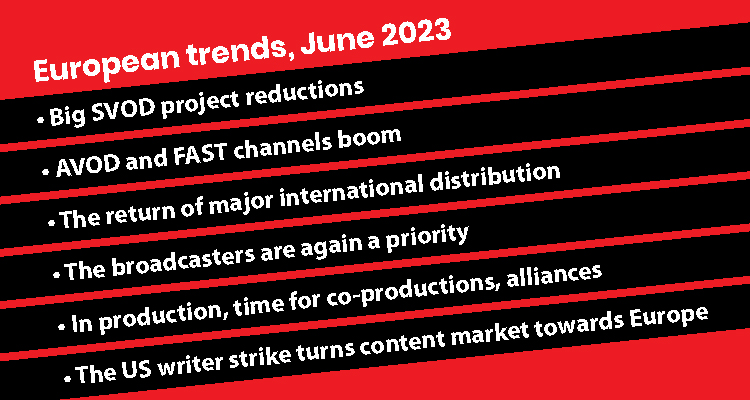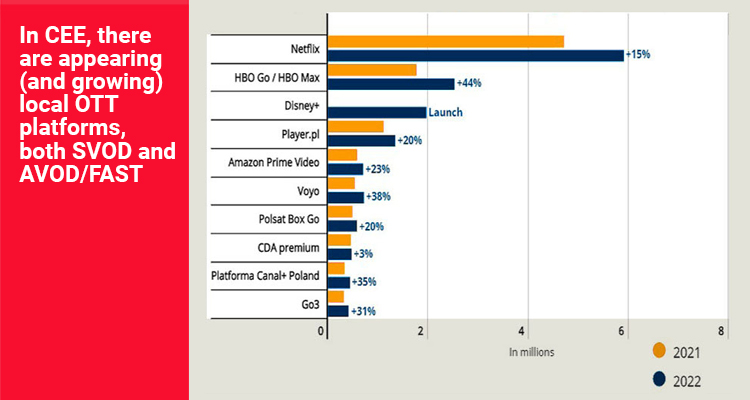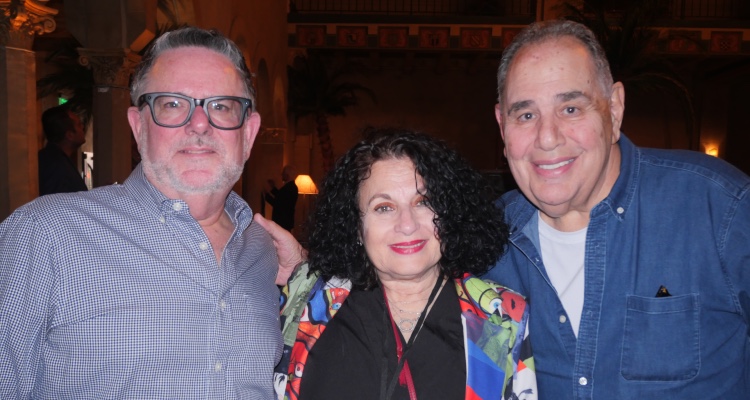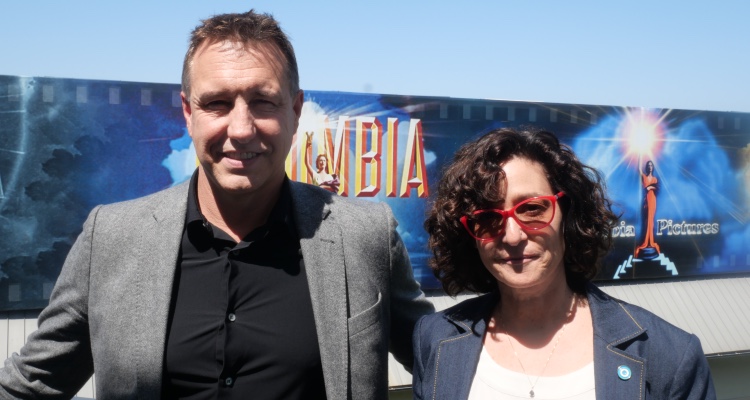This is a unique month for the content industry. While the last years before the pandemic, content people tended to be focused on the biggest shows, now they are on the opposite. There are many buyers, distributors and producers looking for new events to gain fresh networking and content. This way, there are many markets growing and others, reactivating themselves. Prensario covers just in June, five European events with the same edition: NEM Croatia, MIFA/Annecy for kids, Natpe Budapest, Conecta Ficton Spain, Content Budapest.

European trends, useful for any of these events? The big SVOD project reductions happen everywhere, generating many effects and reactions:
• The AVOD and FAST channels boom, as a way to get the monetization that SVOD systems are failing about. The market is full now of new players offering content providers to create FAST channels and develop them internationally, by revenue sharing. The subscriber-supported model is changed back by advertisement, and the FAST channels reach very segmented audiences anywhere, through the Internet.
• The return of major international distribution, and sales to third parties, which were stressed in LA Screenings last month, with the Disney screenings back opening some products and the announcement that Amazon now distributes its originals through MGM. The new product available will push free TV, pay TV, regional distributors, buyers and events in general. Independents are now stronger to compete with majors, so the market will be very competitive.

• The broadcasters are again a priority for main providers to develop flagship projects, due to their stability. They are now producing unscripted (well-known successes, low risks) and they even try again with scripted. Some projects they shared with OTTs, now are by their own, and they will sell them through their own distribution arms.
• In production, this is a time for co-productions, alliances, and collaborations, to share rights, even for the big OTT platforms that took the projects all rights so far. The ‘studios’ system is just for these times: flexible models and partners, depending on the project. They are more resistant than simple producers, to project ups & downs.
• The writer strike that affects USA, turns the content market more international, especially towards Europe. The big UK players as ITV, BBC, are already present in many Hollywood projects, but during this year many projects will be moved outside USA not to be stopped. It is a big opportunity to get more market and make new alliances.
The challenge of the events
Three of the five June events (NEM, Natpe Budapest, Content Budapest) are focused on Central and Eastern Europe (CEE), while MIFA is for kids mainly in Europe and Conecta Fiction is dedicated to co-productions between Europe and the Americas.
The big challenge of the month is between two event organizers: Canadian Brunico that bought Natpe (Budapest) vs. UK’s C21 that develops Content Budapest. They will have a second battle next January, in Miami. What can we comment? Most of the people say it is nonsense to organize two events in the same city in two weeks. It is a loss of time and money for everybody. But, the two events will take place and deploy their strategies.
In Budapest, Natpe seems to have imposed its tradition and handles more exhibitors than Content, and it is held the first week, which is an advantage. It will have more movement. For Miami so far, Content has more solid pillars, having confirmed the Turkish distributors, the main flag these days with the major studios to attract buyers. Let’s see how everything happens…
About MIFA and Conecta Fiction, they have its own challenges. To have full editions now that the pandemic is fully over, and to bring new people to satisfy the fresh networking need. Most of the events are up and healthy after the blackouts, though the recoveries are slow due to the global recession. Conecta Fiction makes focus on co-productions, as we saw above one of the keys nowadays to developing bigger fictions and opening international markets. The relationship between Spain and Latin America especially, is closer and prolific than usual, among Latam broadcasters and Spanish ‘Studios’.
Conclusion
All in all, we see a new market emerging, with many similar tips to the traditional one, based more on advertisement, more capillary in windows and media, and needing new events to reach the new opportunities appearing, especially now with AVOD and FAST. So, we reach back to the beginning of these report. It is good to be very active in June, from one event to the other. New ventures and twists are around.
Nicolás Smirnoff







